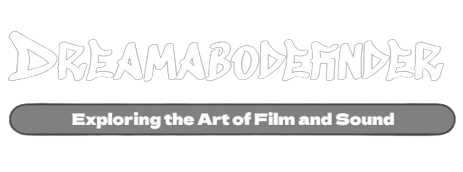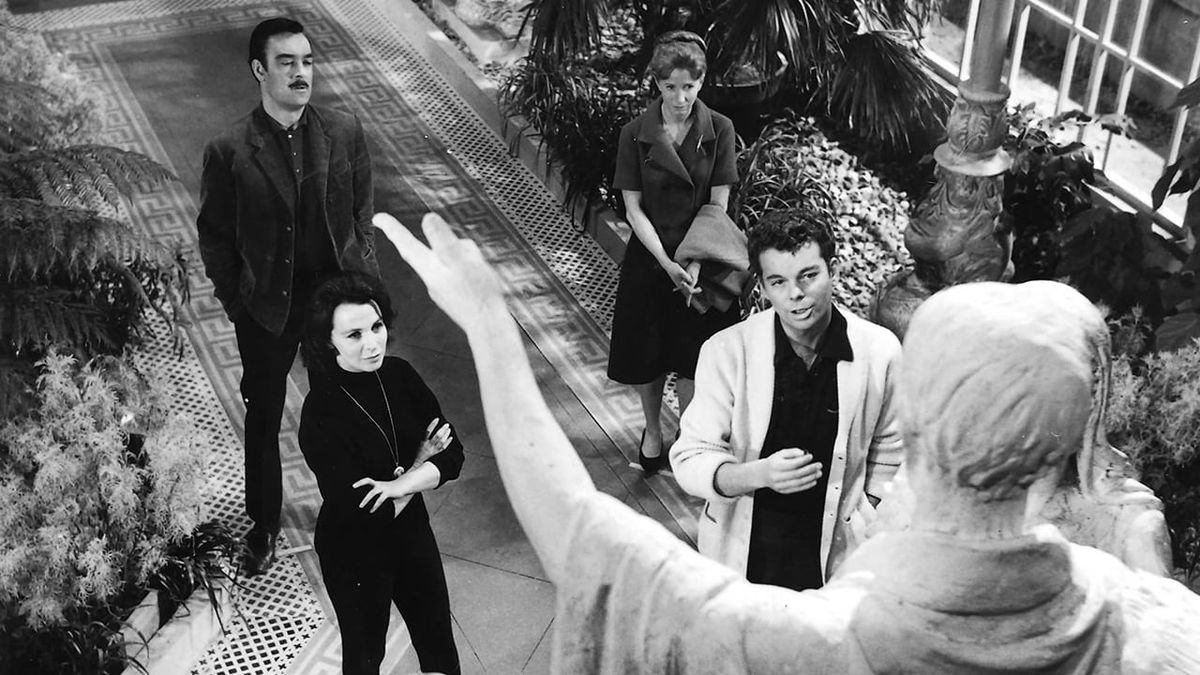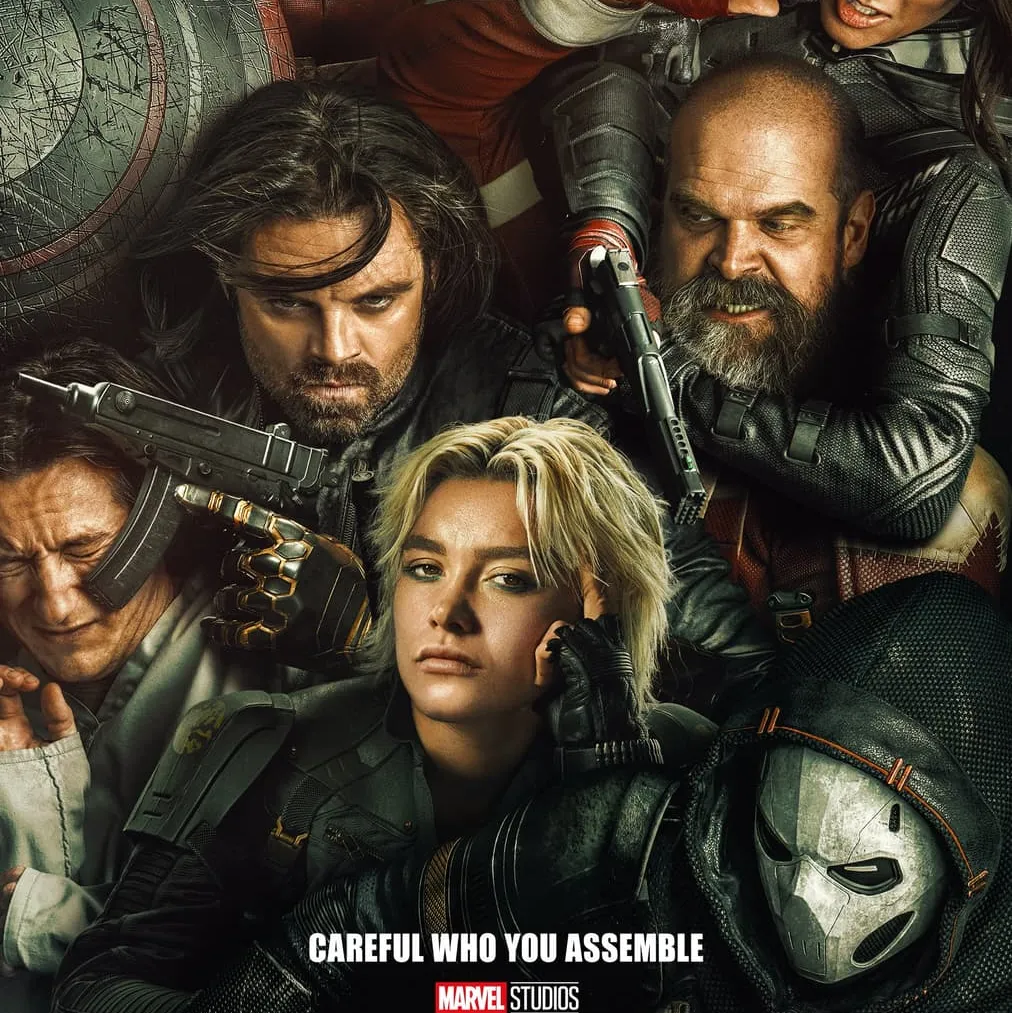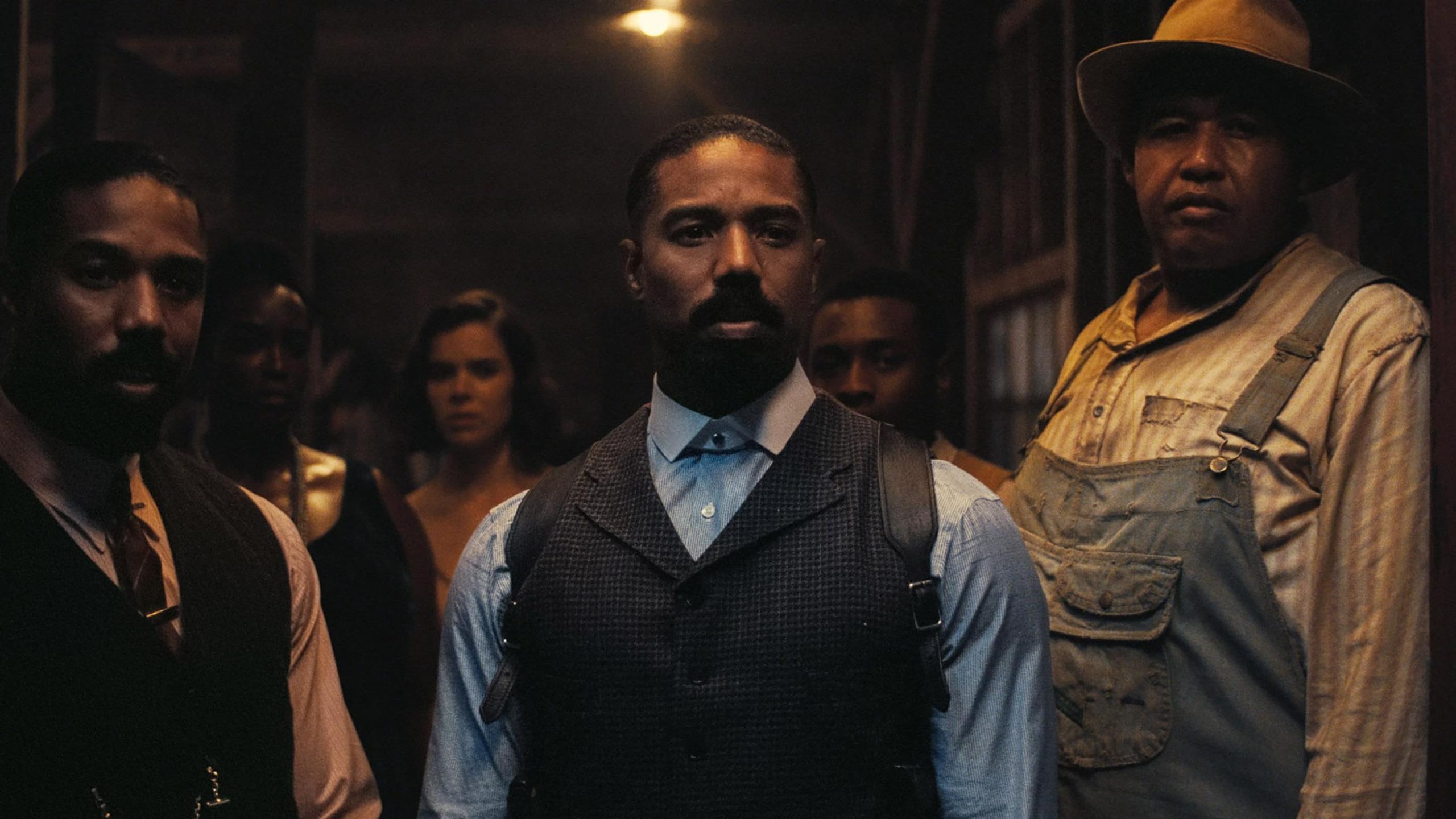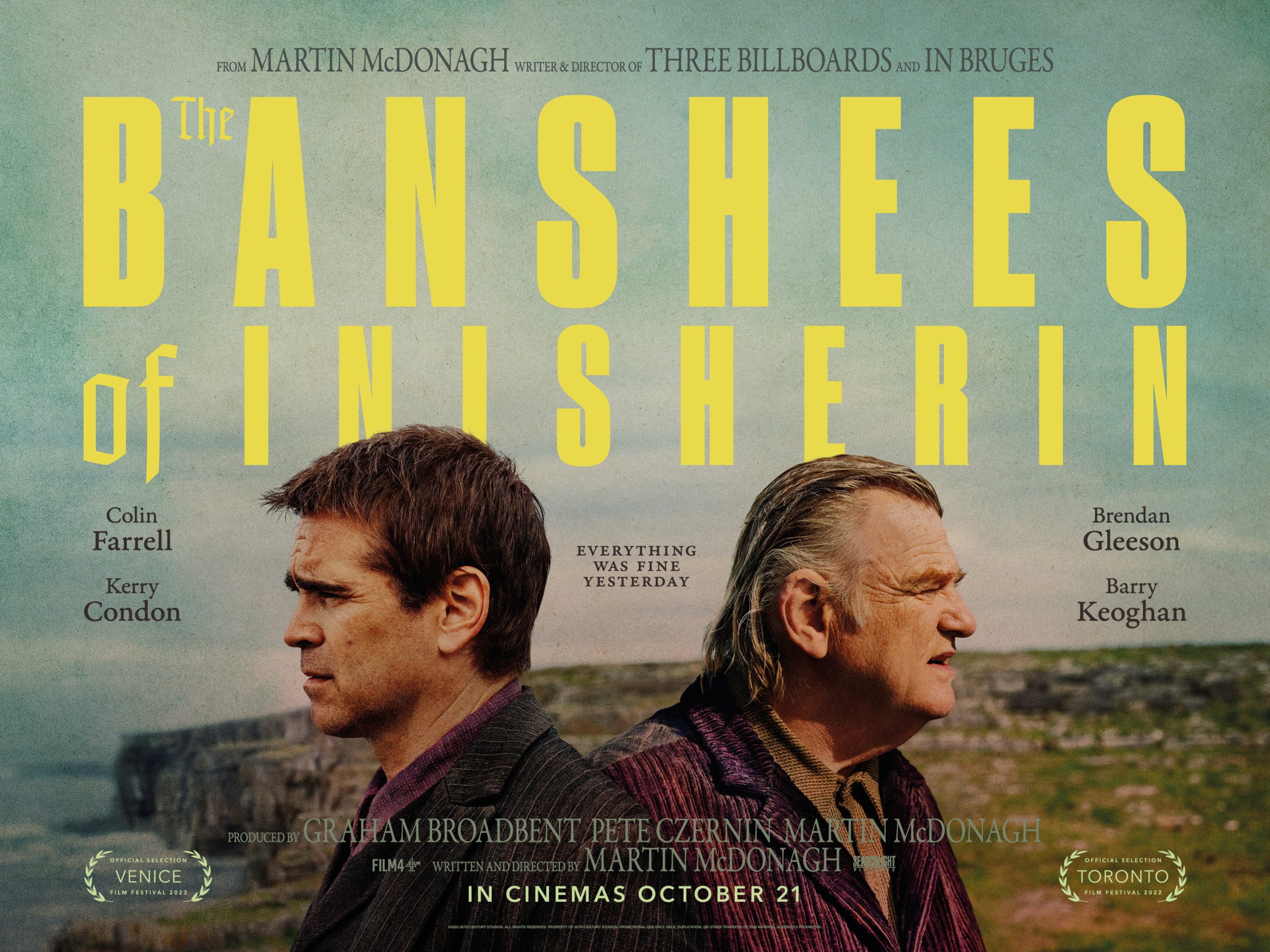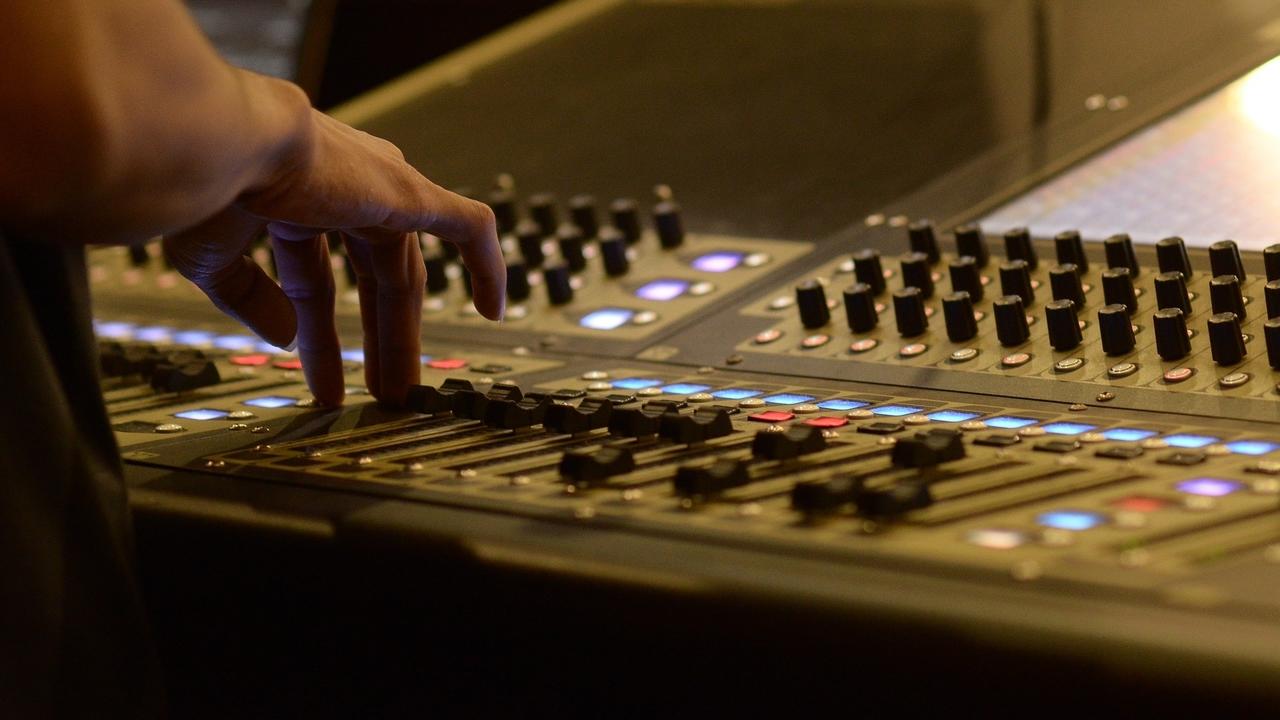Long before jump scares dominated horror, The Haunting (1963), directed by Robert Wise, proved that fear could be conjured through subtlety and suggestion. Adapted from Shirley Jackson’s novel The Haunting of Hill House, the film is a masterclass in atmospheric storytelling. Instead of relying on blood or monsters, it uses unsettling sound design, eerie cinematography, and the psychological unraveling of its characters to terrify viewers. The result is a chilling experience that endures decades later.
Wise, known for his versatility (West Side Story, The Day the Earth Stood Still), uses angles, shadows, and silence to keep audiences on edge. The mansion itself becomes a character—its architecture distorted and unsettling, mirroring the protagonist Eleanor’s fragile state of mind. This blurring of the supernatural and psychological invites deeper analysis, setting it apart from more formulaic horror of the era.
The Haunting remains a benchmark for intelligent horror and is frequently cited by directors like Martin Scorsese and Guillermo del Toro as a major influence. Its legacy underscores how restraint and mood can be more frightening than graphic effects. For classic film lovers, it’s a haunting reminder that what’s unseen can be more terrifying than what’s shown.
